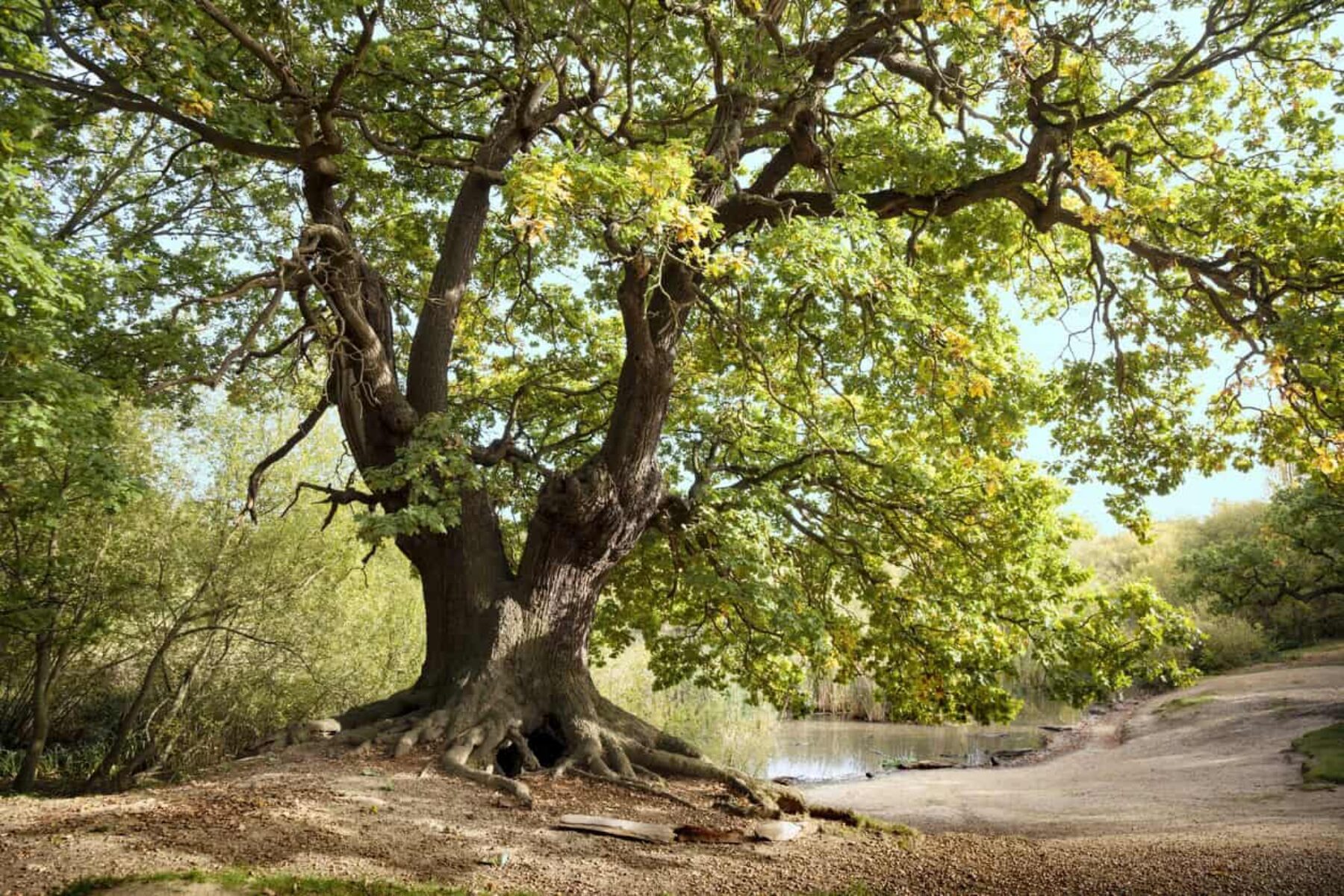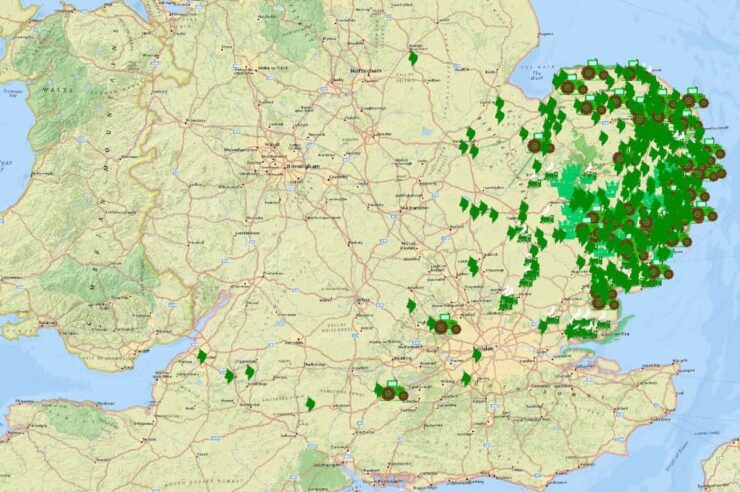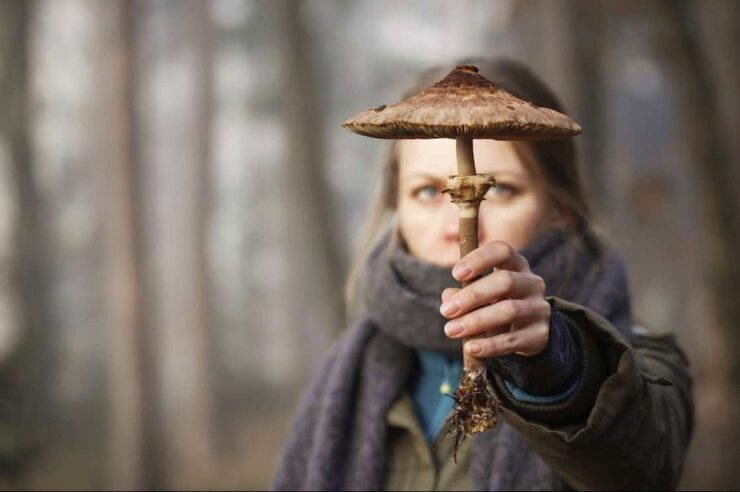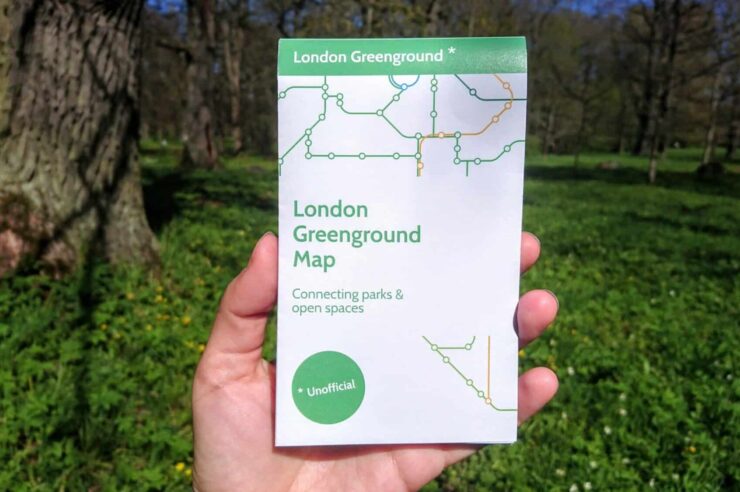There could be millions more ancient trees in England than previously thought, according to a map, which reveals their likely location
“Like a map of buried treasure”. That’s how conservationists have described new research, which suggests there could be as many as 2m ancient and veteran trees in England — ten times as many as previously thought.
Researchers at the University of Nottingham experimented with mathematical models to map the likely location of ancient trees across England. Volunteers then conducted field visits to check the reliability of the maps.
“Based on the best performing distribution models, these estimates predict two million ancient and veteran trees, which is an amazing increase on what is currently recorded,” said Dr Victoria Nolan, one of the lead researchers on the study.
An ancient tree is a tree that shows exceptional age in relation to other trees of the same species. Most ancient trees display similar features, such as a hollowing trunk, dead wood in the canopy or the presence of other organisms, such as fungi or plants on its structure. Veteran trees share similar features and values to ancient trees, but they may not be old enough to be considered truly ancient.
The research builds upon work carried out by the Woodland Trust, Ancient Tree Forum and the Tree Register, which has mapped 180,000 trees.
“It’s remarkable that this research suggests we are yet to find most of the UK’s ancient trees, the cathedrals of the natural world,” said Adam Cormack, head of campaigning at the Woodland Trust. “They’re out there somewhere — hidden in field corners, woods, hedges, even gardens and parks. [This research] is like a map for buried treasure.”
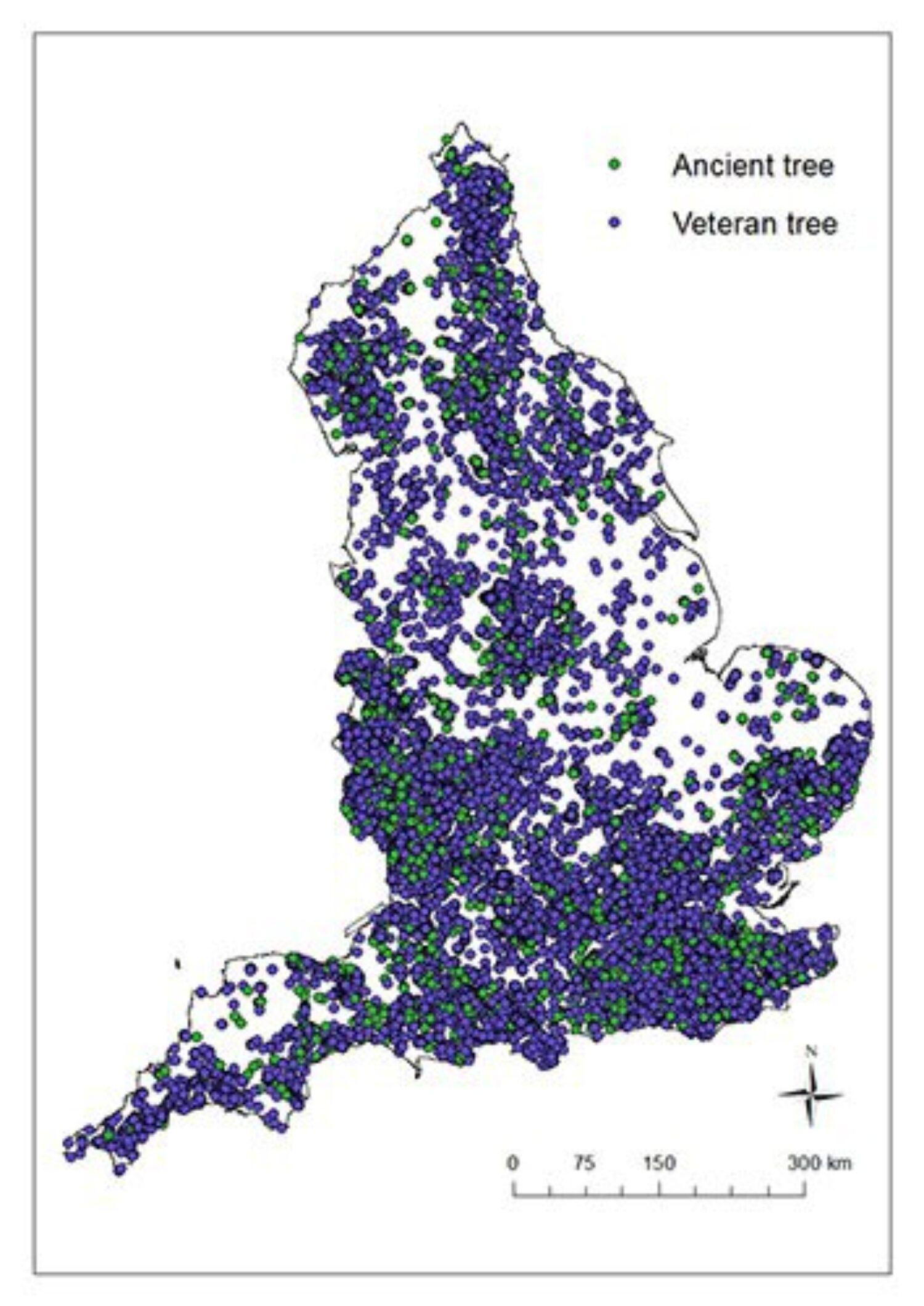
The map created by researchers at the University of Nottingham
He added: “But it’s also worrying because these trees don’t have the automatic legal protection that most of our wildlife and old buildings have. This is despite the fact some are more than 1,000 years old.”
The Woodland Trust is petitioning governments across the UK for better protection of ancient trees.
“These astonishing trees are our inheritance from history, and we should be treating them like national treasures,” said Cormack.
Main image: An ancient oak tree in Epping Forest, Essex. Credit: Iwona Wawro/iStock
Help us continue to break the bad news bias
Positive News is helping more people than ever to get a balanced view of the world – one that supports their wellbeing and empowers them to make a difference towards a better future. And as our audience and impact grows, we’re showing the rest of the media that good news matters.
But the UK’s cost of living crisis is hitting us hard, with fewer people able to commit to a magazine subscription – which has traditionally been our main source of funding. Plus, paper and printing costs keep rising.
We don’t want to put a paywall on our website, because we believe everyone should have the chance to benefit from good news. But we won’t be able to continue funding our online reporting without your help.
If you value what we do and can afford to, please consider making a small, regular contribution as a Positive News supporter. We need 1,000 readers to contribute just £3 per month to get us through this challenging time.
And remember, as a not-for-profit, we work only in service to you, and all funds go towards our journalism.
